How to Study - Part 2 Encoding & Note-Taking
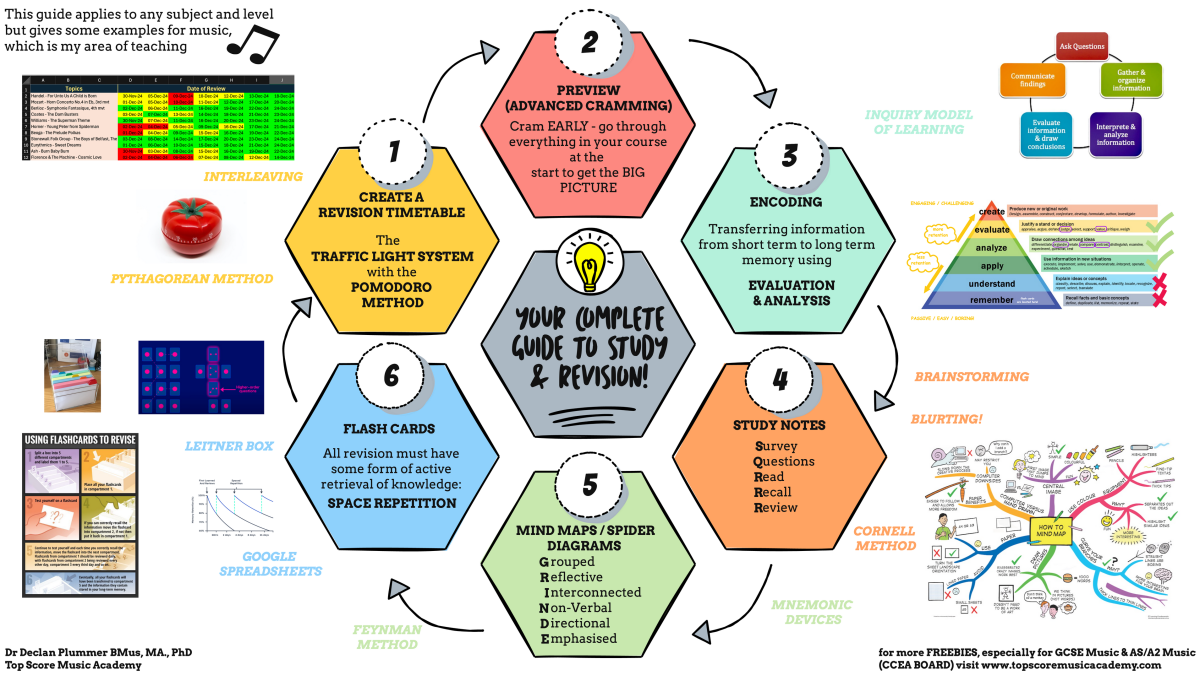
How to use Encoding and write good Revision Notes to eventually turn them into mind maps and flash cards.
Unlocking the Power of Encoding: How to Study Music Smarter for GCSE and A-Level Success
Preparing for GCSE or A-Level Music exams can feel overwhelming. Between set works, composition, and theory, students often wonder how to revise effectively and retain information long-term. Declan Plummer, an experienced music educator, breaks down how students can master their study process through encoding, evaluation, analysis, and modern note-taking methods. This guide distills his key insights into a practical approach that helps you not only learn but truly understand music.
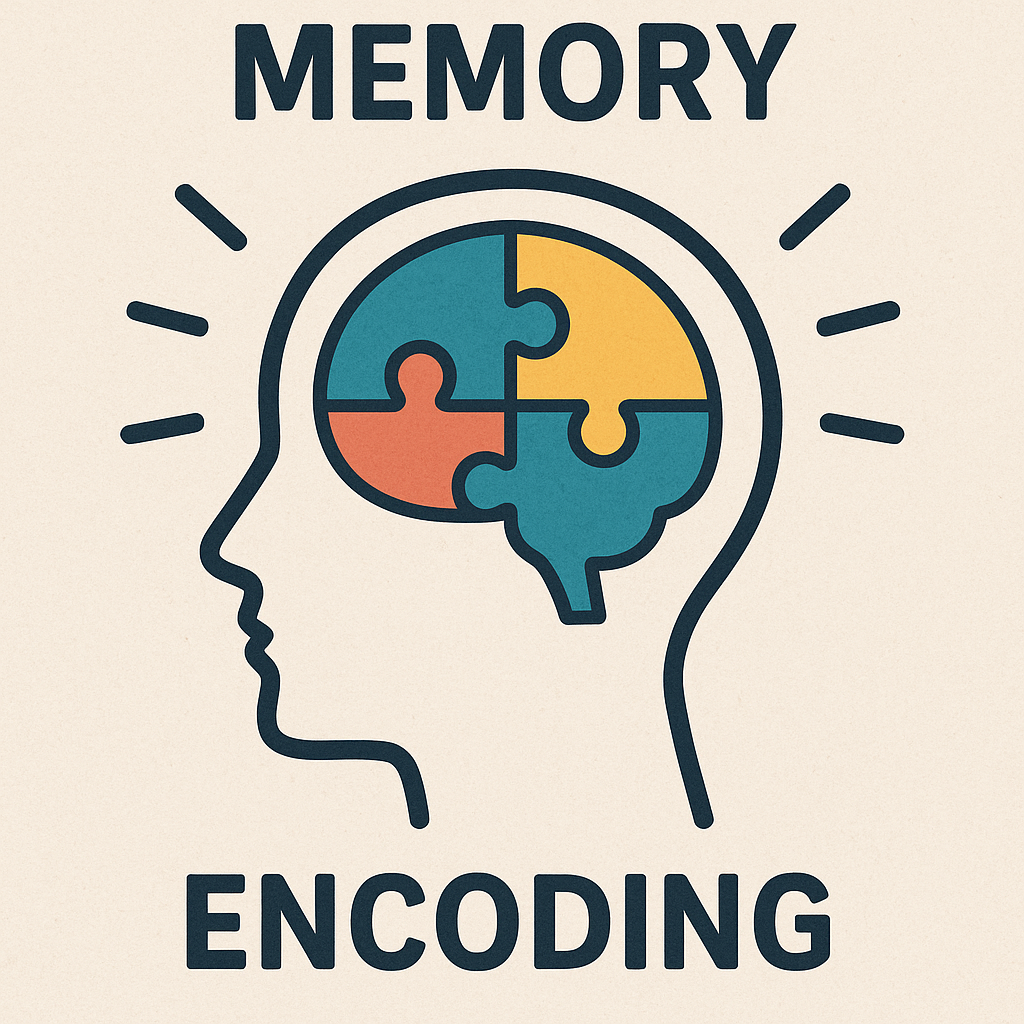
1. What is Encoding in Music Study?
Encoding is the process of transferring information from short-term memory into long-term memory. It’s what turns what you read today into knowledge you can recall months later. Encoding often feels uncomfortable because your brain resists storing new information unless it considers it vital. The good news? Encoding becomes easier with practice. Each time you use an active learning method—like analysing, evaluating, or mind mapping—you strengthen your brain’s ability to encode information efficiently.
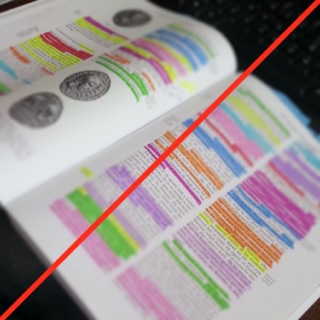
2. Why Passive Learning Doesn’t Work
Many students rely on highlighting notes, rereading textbooks, or summarising paragraphs. While these methods feel productive, they rarely lead to long-term memory retention. The brain doesn’t store information simply by seeing or repeating it—it remembers what it works hard to understand. As Declan notes, ‘If you’re bored or distracted, your brain isn’t encoding.’ Effective study feels slightly challenging but engaging. That’s the sweet spot where learning happens.
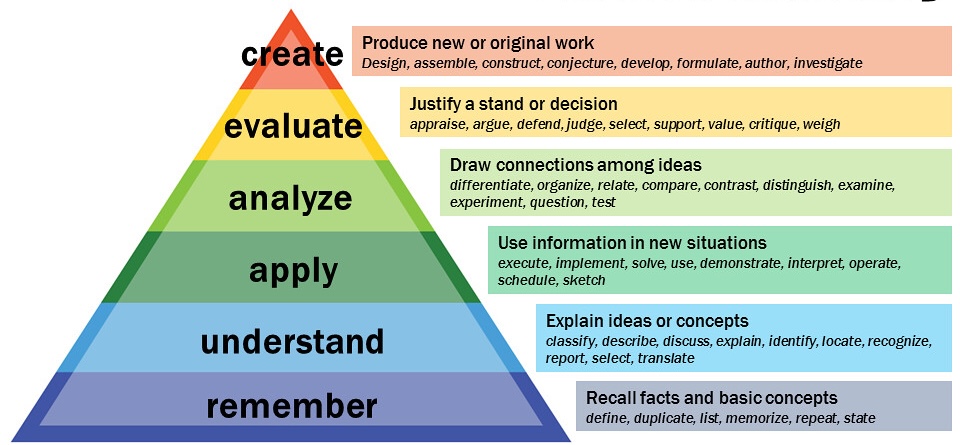
3. Moving Up the Learning Pyramid: Bloom’s Taxonomy
Bloom’s Taxonomy categorises learning into levels: Remember, Understand, Apply, Analyse, Evaluate, and Create. Most students spend time at the bottom two levels—remembering and understanding—by memorising facts or definitions. Declan encourages learners to move toward the top: analysing and evaluating. For example, instead of simply memorising that Mozart used Sonata-Rondo form, ask what are the similarities or differences between each section, or how are Sonata Form and Rondo Form similar or different from each other, or how Mozart's combines them to create Sonata-Rondo Form. Analysing (compare & contrast / similarities & differences) these relationships between ideas is how information becomes knowledge.

4. Mind Maps: Turning Knowledge into Visual Connections
Mind maps are at the heart of effective encoding. Unlike linear notes, mind maps mirror how your brain naturally organises information—through connections and hierarchies. Declan emphasises that your mind map should evolve over time; it’s a living document that grows with your understanding. Start with a central musical idea—perhaps the structure of a set work—and branch out to related concepts that are big (encompass a lot of other ideas) and unique to the set work (avoid generic headings). Colour coding and arrows help you visualise relationships between ideas, aiding recall.
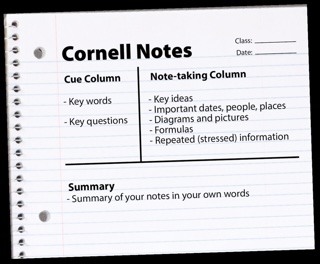
5. The Cornell Note-Taking Method
The Cornell method is a structured way to organise your class or revision notes. Divide your page into three sections: a cue column for questions or keywords, a main note-taking column, and a summary section at the bottom. By reviewing and summarising each topic in your own words, you encourage active recall. This method works for any subject and the summary paragraph at the bottom is the perfect place to start creating mind maps and eventually flash cards!

6. SQ3R: Survey, Question, Read, Recall, Review
The SQ3R method provides a complete framework for studying any subject, including music:
- **Survey**: Skim through your set work or topic to identify big ideas and create headings
- **Question**: Turn headings into questions
- **Read**: Read actively to find answers to your questions and make them Mind Maps
- **Recall**: Summarise key points without looking at your notes.
- **Review**: Revisit your material and adjust your mind maps.
This approach combines evaluation and analysis naturally, leading to stronger encoding and longer-lasting understanding.

7. Blurting and the Power of Active Recall
Blurting involves reading your notes, covering them, and writing down everything you remember. Then, check what you missed and repeat. This process forces you to recall information from memory, which is the most powerful way to strengthen neural connections. Students can use blurting to summarise music pieces, compare features between composers, or recall harmonic structures. combining blurting with short breaks using the Pomodoro technique for maximum focus.
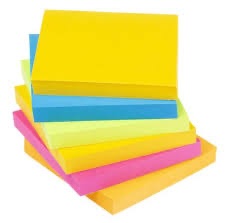
8. Using Post-It Notes and Visual Triggers
Post-it notes are more than stationery—they’re mini flashcards that help with visual memory. Declan suggests using them for single facts, key terms, or motifs. Stick them to your mind maps and flash cards, perhaps even hiding the answer to a question (gamifying your stud). Or even put them around your room or instruments to create object associations. This technique taps into the ‘Loci Method,’ connecting information with physical spaces and objects.
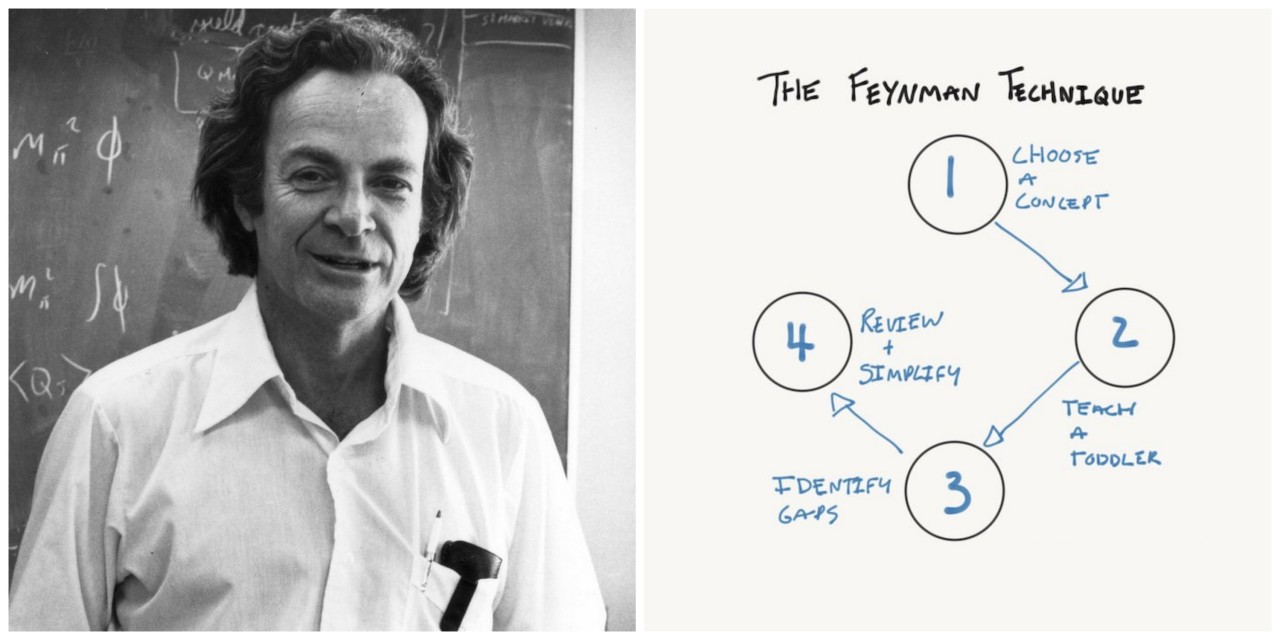
9. The Feynman Method: Teach It to Learn It
The Feynman Method, named after physicist Richard Feynman, involves explaining a complex concept in simple language—as if you were teaching it to a child. If you can explain ‘sonata form’ or ‘modulation’ without using jargon, you truly understand it. This technique reveals gaps in your knowledge and encourages deeper comprehension. Try teaching a friend or recording yourself summarising a set work. According to research, students retain up to 90% of information when they teach it to others!

10. Study Groups: The 90% Retention Rule
Studying with peers can dramatically improve understanding. Forming a small study group allows you to explain concepts, compare interpretations, and test each other’s knowledge. Declan notes that ‘teaching someone else is the best form of learning.’ Study groups also encourage accountability and make revision less isolating.
Conclusion: Study Music Smarter, Not Harder
1. Common Music Revision Mistakes to Avoid
Many music students fall into the trap of:
- Overusing flashcards instead of building connections.
- Writing notes in linear lists rather than structured maps.
- Relying solely on memorisation instead of understanding context.
- Neglecting to revise through listening. Always connect visual notes to actual sound examples.
Avoiding these pitfalls helps align your revision with how your brain naturally learns and recalls musical material.
2. Putting It All Together: Your Music Study System
By combining these techniques—encoding, mind mapping, SQ3R, and Feynman’s teaching approach—you can transform your revision from stressful to strategic. Here’s how it might look:
1. Use the GROW timetable & To-Do Lists & The Pomodoro Method to plan weekly topics.
2. Apply SQ3R to explore each set work.
3. Create Mind Maps connecting key musical elements.
4. Use Blurting to test memory.
5. Teach what you’ve learned using Feynman’s method.
6. Review weekly and update your notes dynamically.
7. Make Flashcards of what you consistently get wrong
8. Use the Leitner Box Method for your flashcards to practice Recall
9. Do questions from Past Papers / Practice Papers
10. Make a 'Forgetting' Mind Map of EVERYTHING you forget
This cyclical approach keeps information fresh and reinforces understanding through repetition and reflection.
Music exams test not just your knowledge but your ability to think critically, analyse creatively, and recall accurately. By applying encoding techniques, active recall, and structured note-taking, you’ll retain information longer and perform with confidence. Remember, studying music isn’t about memorising—it’s about connecting patterns, understanding context, and finding new relationships between information! Start today, apply these methods consistently, and watch your study sessions transform into genuine mastery.
If you would like to know more about How to Study and get all the best tips from an expert educator, check out the following:
FREE Guide to Study (Handout for the Course)

For full details click here 👉 Free Guide to Study
OR Check out the following:
The Complete Guide to Study
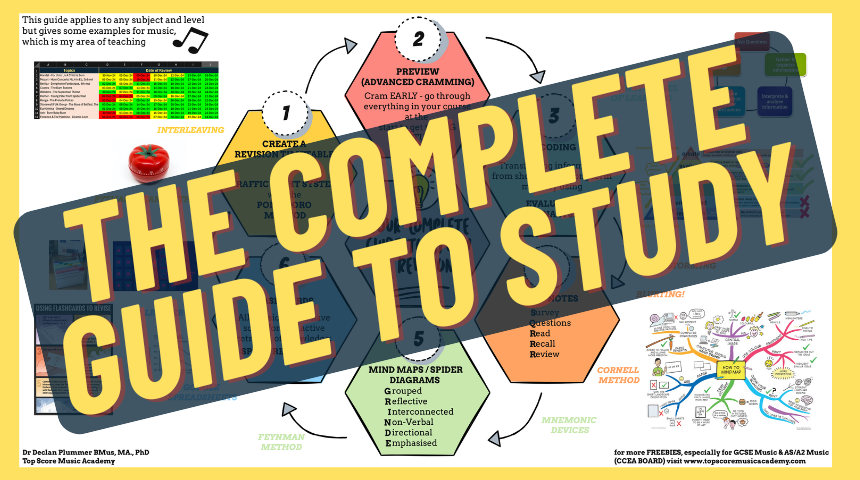
✅ 3+ hours of high-quality on-demand video lessons
✅ Dozens of downloadable handouts, worksheets, and templates
✅ Interactive quizzes to test understanding
✅ Step-by-step demonstrations of study methods
✅ Real-world examples
✅ Lifetime access and future updates
✅ Direct feedback opportunities from the instructor
All the for only £19 one-time purchase! That's right - it's cheaper than a textbook!
For full details click here 👉 The Complete Guide to Study Course
Also check out our other blogs:
Part 1 How to Study - Preparation & Organising
Part 3 How to Study - Mind Maps, Flashcards & Other Techniques
Categories: : How to Study
 Declan Plummer
Declan Plummer 